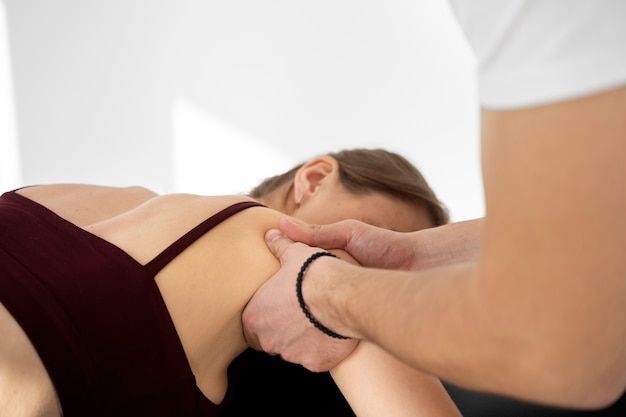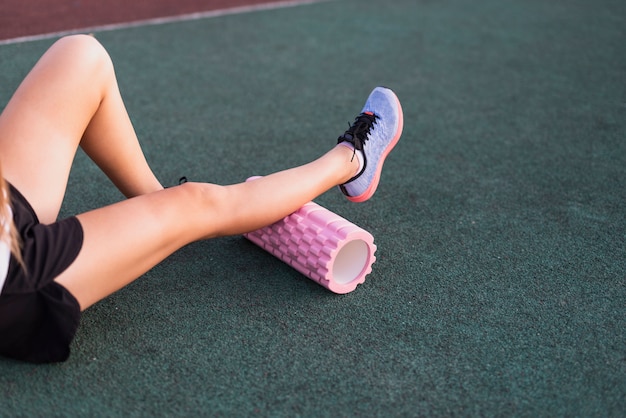Feeling stiff, sore, or constantly carrying tension in your body? You're not alone. Modern lifestyles—long hours at desks, repetitive movements, and stress—can lead to tightness in the fascia, the connective tissue surrounding your muscles. Myofascial release (MFR) is a simple, effective self-care technique that helps relieve this tension, improve mobility, and enhance overall comfort—all in just 10 minutes a day.
This beginner-friendly guide walks you through how to start myofascial release safely and consistently, with practical tips, easy tracking methods, and motivation cues to keep you on track.
Myofascial release is a technique that applies gentle, sustained pressure to the fascia to eliminate restrictions and restore flexibility. When fascia becomes tight or restricted due to injury, inflammation, or inactivity, it can cause pain and limit movement. MFR helps release these adhesions, improving blood flow and reducing discomfort.
Unlike deep tissue massage, MFR doesn’t require intense pressure. Instead, it focuses on slow, mindful engagement with the tissue, making it ideal for daily self-care.

Consistency matters more than duration. Ten focused minutes daily can yield better long-term results than an hour once a week. This short time commitment fits easily into morning routines, lunch breaks, or evening wind-downs.
Benefits of a daily 10-minute MFR practice include:
You don’t need expensive equipment to begin. Here are common tools for self-myofascial release:
Follow this simple sequence to cover major areas without overwhelm:

Tracking helps you stay consistent and notice improvements. Try these simple methods:
Motivation fades—cues keep you going. Anchor your MFR practice to existing habits:
Use positive affirmations during your session: 'I am releasing tension,' 'I am investing in my body’s health.'
Starting myofascial release doesn’t require hours or expertise. With just 10 minutes a day, the right tools, and a consistent mindset, you can unlock greater comfort, mobility, and body awareness. Begin today—your fascia will thank you.
Remember: This practice is safe for most people, but if you have chronic pain or medical conditions, consult a healthcare provider before starting.

Wellness

Wellness

Wellness

Wellness

Wellness

Wellness

Wellness

Fitness

Fitness

Fitness

Fitness

Fitness

Health

Fitness

Health

Health